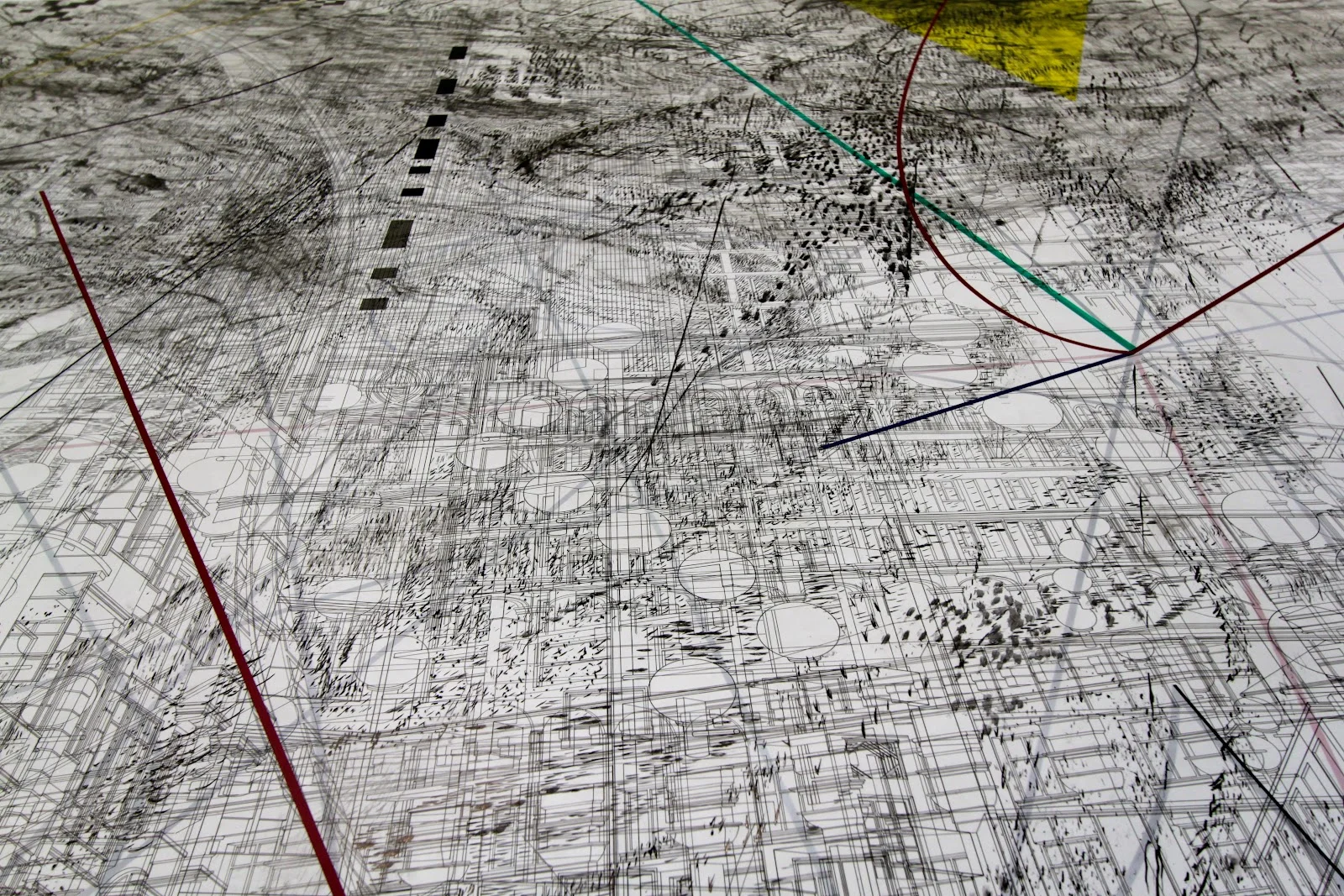Violin Sonata No.2 (2009)
for Violin & Piano
Duration: 18 minutes
Instrumentation: violin, piano
Premiere: May 10, 2012 at Sprague Hall, Yale University (New Haven, Connecticut), Katie Hyun, violin; Jessica Osborne, piano
Program Notes
Fixity and motion were my two principal concerns in composing my second violin sonata. Fixity, in the sense that my harmonic pallet is made of a series of pitch-fields: if a chromatic scale is like a bus with stops at every street, a pitch field is a bit more like a subway with a variety of similar, but fewer fixed points. If my piece were a city, it would have three subway lines that intersect in various places that allow the music to transfer and travel smoothly in various directions. Unlike Messiaen’s positively constructed “synthetic scales,” I use pitch-fields as a type of negative erasure of notes in the chromatic scale that creates different harmonic hierarchies and emphasis in a more general chromic framework in a way that mimics modality within diatonic scales. To return to the subway analogy, there are certain stops that intersect and form emphatic harmonic cores/fulcrums of the piece: unsurprisingly for a violin sonata, the violin’s open G and E strings are two of these fulcrum-cores.
My second concern was motion. I structured the Second Sonata in two movements: in the first I composed a lyrical, wandering, violin fantasy – a nearly breathless, meandering line. At first, the piano reacts: it punctuates, mimics, shadows, shades or resonates – but it is almost never provides an impetus beyond a burst or fanfare. As the movement unfolds, the piano unveils its more active roll, its own impetus still playing off of the aloof violin but playing to its idiomatic strengths: an extended range and a lot more chords. As it continues, the piano elaborates its responses even as the violin mostly maintains its lyric cool. Near the end of the first movement the piano plays a series of chord progression that slowly accelerates while ascending.
The abrupt entrance of the mercurial second part breaks off the final atmospheric ascent. In the second part fixity is at its limits: the three pitch fields of the first movement have been further reduced to three basic chords that are now starkly juxtaposed. Furthermore, the piano proceeds in quintuplet eight-notes, while the violin burns through violently, fragmented, sixteenth note arpeggios that only occasionally subside for disjointed hockets. The furious, unison finale ends the sonata.

